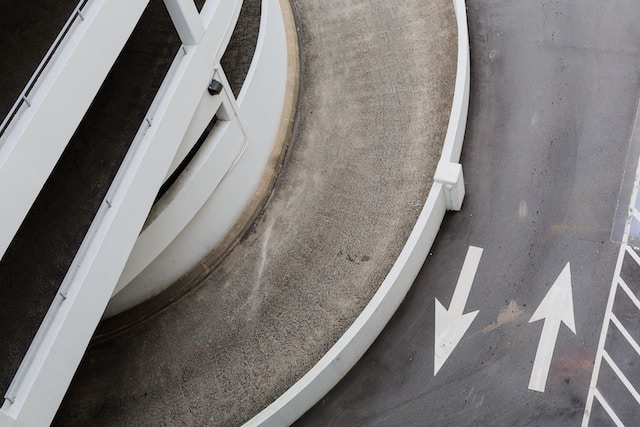Last Updated on: 22nd November 2023, 02:26 pm
Designing your own car park is not as easy as it looks.
In fact, there are multiple design elements that you need to consider, including boundaries, paving, drainage, electricity, and so much more.
If you are already feeling a little overwhelmed by the task ahead of you, then the below ultimate car park design guide is exactly what you need.
Planning your car park
Before you even start to think about constructing your car park, you first need to do a lot of planning.
The design and layout of your car park depends on a number of factors, including its location, its size, and its intended use.
That being said, there are some characteristics that all car parks tend to have in common,such as the size of the parking spaces. If you want to be able to accommodate cars, vans, lorries, and coaches, you need to make sure you have enough space to accommodate them.
Also, don’t forget to consider electric charging points for electric vehicles and staff parking spaces.
Building your car park
When it comes to building your car park, there are even more elements that you need to consider:
• Boundaries
There are several options available for car park boundaries, including fencing, hedges, and bollards. You also need clear signage so that visitors understand that parking regulations apply, as well as expert line marking services.
• Paving
Concrete is the most common type of paving used in car parks due to its affordability and durability. You may also want to cure the paving with a treatment to make it even stronger.
• Drainage
You need to ensure you have adequate drainage in your car park or you run the risk of damaging its structure and putting your visitors at risk. Drainage can take the form of guttering, drains, and sloped roofing.
• Electricity
Your car park will need some form of electricity so that you can illuminate the space at night and activate any automated barriers. Electrical wires should be laid underground for safety reasons. Don’t forget you will also need electricity if you plan to accommodate electric cars.
• Lighting
Your choice of lighting will depend on where your car park is located. For example, if it is in a residential area, you will need to make sure that it does not disturb residents.
You may also want to consider more energy-efficient types of lighting as these are better for the environment and can help to save you money.
• Pedestrian navigation
Pedestrians need to know where it is safe to walk in a car park and also where the nearest available exits are, so clear signage is a must.
Securing your car park
Lastly, you need to think about how you are going to secure your car park. Most car parks rely heavily on CCTV cameras to monitor what is going on and to keep people’s vehicles safe. However, depending on where your car park is located, you may also want to invest in security guards.







